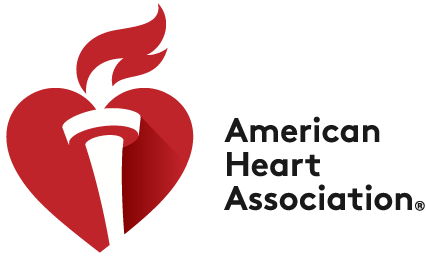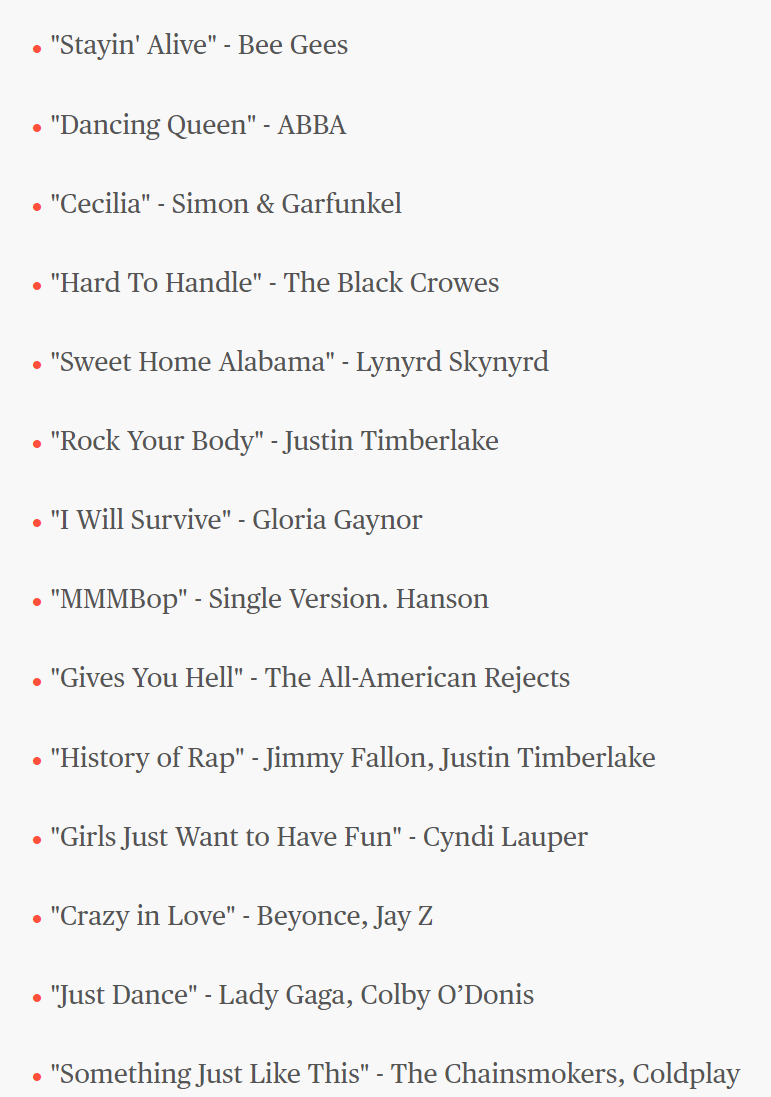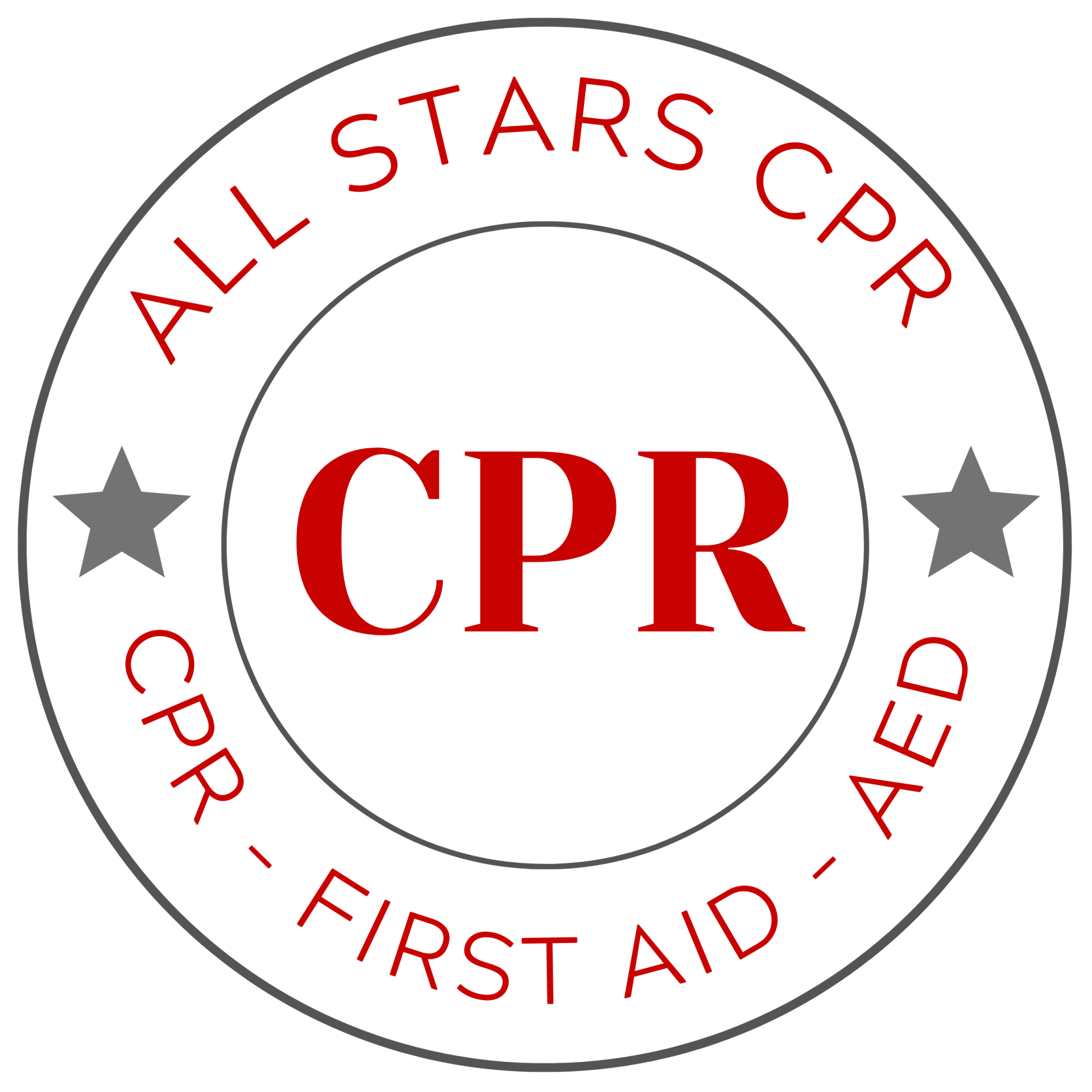Blog Layout
April 9, 2021
AHA releases 2020 AHA Guidelines for CPR and ECC

The American Heart Association (AHA) recently published its 2020 AHA Guidelines for CPR and Emergency Cardiovascular Care (ECC) in the organization’s flagship journal, Circulation. Among the major changes are the addition of a sixth link focused on recovery in the AHA’s Chain of Survival, a widely-adopted series of critical actions that work to maximize the chance of someone surviving cardiac arrest.
The latest research shows that the recovery phase following cardiac arrest continues long after hospitalization. The physical, social, and emotional aspects of recovery among patients and their caregivers are emphasized after survivors leave the hospital.
The guidelines contain updated or new algorithms and graphics to reflect the latest resuscitation science, including:
a new Recovery link in the Chain of Survival was created for in-hospital and out-of-hospital cardiac arrest in infants, children, adolescents, and adults;
a new algorithm and updated recommendations on resuscitation during pregnancy focuses on the best outcomes for both the mother and baby. Team planning for cardiac arrest in pregnancy should be done in collaboration with the obstetric, neonatal, emergency, anesthesiology, intensive care, and cardiac arrest services;
addressing the increase in respiratory and cardiac arrests due to opioid overdoses, two new opioid-associated emergency algorithms are included for lay rescuers and for trained responders; and
new data on respiratory rates during CPR in children are now available, and the recommendations for pediatric CPR is one breath every 2 – 3 seconds (20 – 30 breaths per minute).

By Ruby Pasco
•
August 7, 2021
❤️ According to a recent study, more than 350,000 people in the U.S. suffer from cardiac arrest outside of the hospital. Each year, the survival rate could actually double if a bystander administers CPR. Just as importantly, the standard rate at which CPR should be administered is a steady 100 bpm. An old rule of thumb has always been to compress to the tempo of the Bee Gee’s “Stayin’ Alive.” Check out this list of songs that run from classic to modern hits all humming along at 100/120 bpm. So be safe, be aware and be ready to lend a helping hand or two with this handy playlist ❤️ 🎵❤️🎶

All Stars CPR
Empower Yourself with CPR
What Our Students Say
I took the CPR class with All Stars CPR, and it was an incredible experience! The instructors were knowledgeable and made the training engaging. I feel confident that I can help save a life if needed.
I appreciated the bilingual instruction at All Stars CPR. It made the learning process so much easier for everyone in our group. The same-day eCard delivery was a nice bonus too!